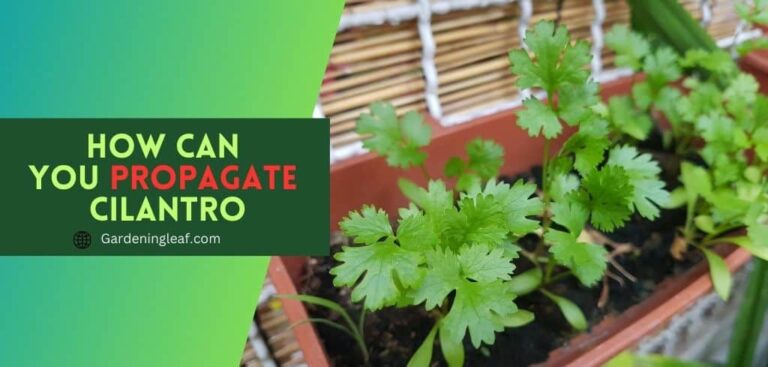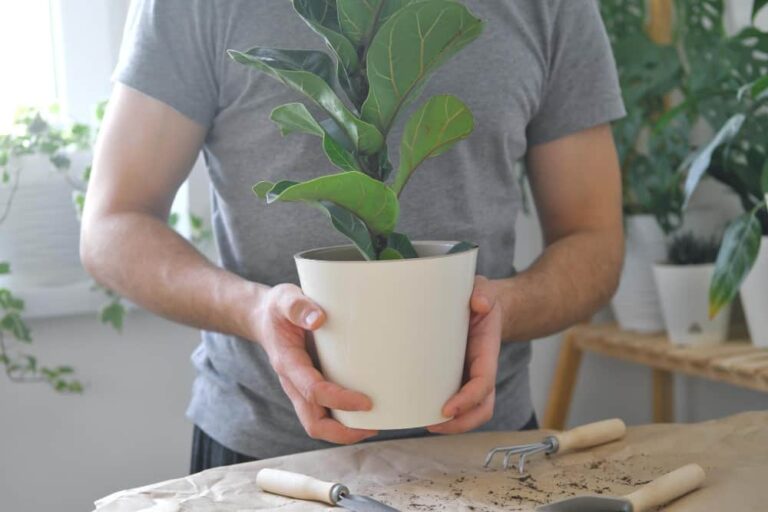How to Propagate Nerve Plant: The Complete Guide
If you love the Fittonia plants beautiful and delicate little leaves and want to expand your collection. Then propagation is the easiest and most cost-effective way.
We’ll discuss how to propagate nerve plants. From choosing the right method to providing the optimal conditions for success. This guide will help propagate your nerve plant and add more greenery to your indoor jungle. To propagate Fittonia plants, stem cuttings in water or soil are the easiest method. Growing from seeds is slower and more difficult.
What is Fittonia?
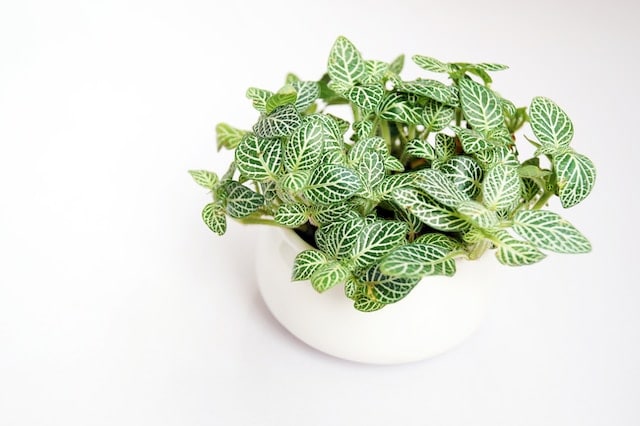
Fittonia Albivenis, commonly called “nerve plants or mosaic plants”. It is an indigenous tropical houseplant from South America. It is called a nerve plant because the lines in its leaves look like nerves.
Fittonia plants are prized for their colorful and patterned foliage. Which can come in shades of green, pink, red, and white veins. They are great adds to terrariums or groundcovers in shaded areas and prefer humid environments.
The fittonia gigantea is another variety of fittonia occasionally grown as a houseplant. Proper care and right propagation techniques. You can quickly expand your collection of these stunning plants.
Read More:- How To Propogate Prayer Plant
How to Propagate Nerve Plant (Fittonia): A Step-by-Step Guide
Learn the step-by-step process of propagating fittonia plants to ensure gardening success. The best techniques for a high success rate include stem and leaf cuttings. The best time to take cuttings from the mother plant is when it grows actively, typically in spring or early summer.
Propagate from Stems cutting
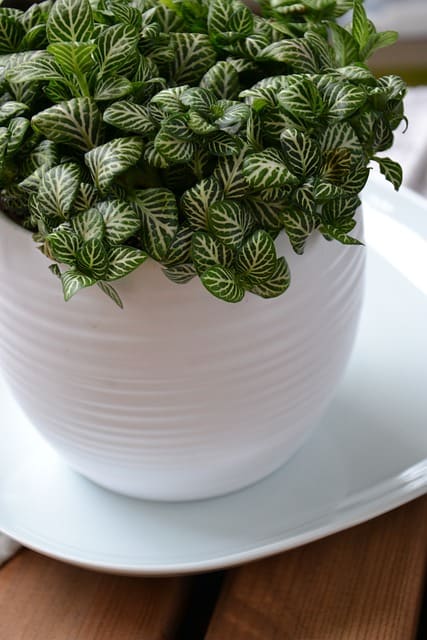
Choose healthy stems from the parent plant. Be sure there is no sign of disease or damage to the plants you are growing. Look for stems that are elongated and have several sets of leaves.
For cutting, you will need a pair of sharp and sterilized pruning shears or scissors and a clean container filled with water or moist soil. And rooting hormone (optional, but can improve success rates).
Take Stem Cuttings: Using your sterilized pruning shears or scissors, cut a 3-4 inch section of the stem just below a set of leaves. Make a clean, angled cut to increase surface area for better rooting.
Leaf Cuttings: Alternatively, you can propagate fittonia plants using leaf cuttings. Carefully remove a healthy leaf, including a small part of the petiole (the leaf’s stalk), from the plant.
For Soil propagation: –
To propagate using soil, start by removing the bottom leaves of the plant and then dip the stem into the rooting hormone. Next, plant the cutting in a mixture of peat and perlite. To create a moist environment, cover the cutting with a plastic bag.
Choose a mixture that has good drainage but yet manages to keep its moisture, such as a combination of peat moss and perlite. The soil should have a little moisture content but not be soggy.
You can spray the cuttings with water to keep them at the desired humidity level. Be careful not to overwater since this might cause the roots to rot.
Place the cuttings in a bright, indirect light. To avoid leaf burn, keep this area out of direct sunlight. During a few weeks, new root development should appear from the cuttings taken from the nerve plant. The appropriate growth medium and care will help the transplants grow new leaves within a few months.
For Water propagation:-
Place the stem cutting in a glass or freshwater container. Ensure at least one or two nodes are submerged in the water. Position the cutting in a location with indirect sunlight. But don’t place them in direct sunlight.
Change the water every few days to prevent it from becoming stagnant and to provide fresh nutrients to the cutting.
Monitor the water level to ensure that the submerged node is always covered by water. One root new growth Transition the fittonia cuttings from water to potting soil for further growth.
The only downside of propagating fittonia in water is transferring the cutting into a pot later. They might show some discontent when transitioning from water to soil.
Read More:- How To Propagate Fig Tree Cuttings In Water
Propagate From Division
Another effective way to propagate nerve plants is through division.
- Choose a mature nerve plant in good condition with multiple stems or “clumps” growing near one another.
- Remove the plant from its container gently and carefully to avoid harming its roots.
- To separate the clumps carefully, peel them away from one another or use a clean pair of scissors or a knife.
- A divided clump should have its roots and stems.
- Place each clump in a pot, ensuring the roots are covered and the stems upright.
- Ensure plants are watered thoroughly and give the pots enough time for excess water to drain out.
- Keep the plants in a warm, humid location with indirect light for a few weeks until they establish new root systems.
- Once the new plants show signs of growth and their roots have filled the pots. Transfer them to their desired growing conditions.
Advantages of Propagating Fittonia
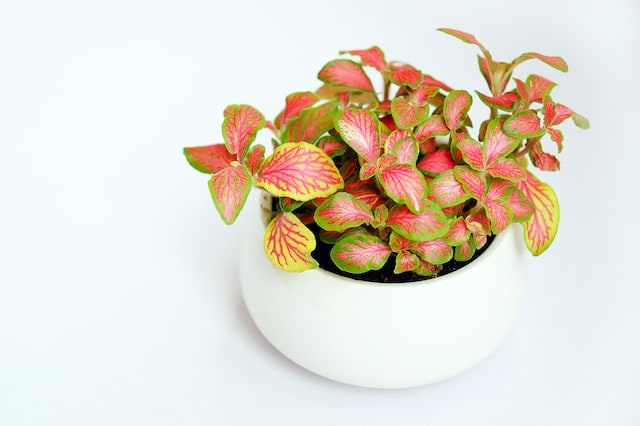
Propagating fittonia plants is a cost-effective way to expand your collection and save money.
Propagated helps bring a new nature and vibrancy to your home decor. Create stunning arrangements that add a fresh and lively atmosphere to any room. There are countless ways to display fittonia plants in your living space.
If you notice your fittonia plant declining or damaged, propagating it can be a way to save it. You can rejuvenate a struggling plant through propagation. Plants with root rot or pests benefit from propagation. It helps your plant recover and start over.
Finally, propagating Fittonia can be a rewarding and educational experience. As you witness the growth and development of new plants from cuttings.
Common Mistakes In Propagating Fittonia
Meanwhile, propagating fittonia is a relatively straightforward process. People often make various mistakes. Knowing these mistakes may help you prevent them from spreading.
- Overwatering: One of the common mistakes in propagating Fittonia is overwatering. These grow best in somewhat moist soil. So, overwatering a plant can result in root rot, fungal diseases, and even the plant’s eventual death.
- Insufficient low light levels: Fittonia plants thrive in bright, indirect light. A plant might lose vitality and grow elongated if it does not receive enough light. Position the plant near a north-facing window or provide artificial light.
- Improper Propagation Technique: The wrong Propagation Technique can be one of the reasons why your Fittonia propagation attempts fail.
- Neglecting Humidity: Nerve plants from Peru’s rainforests love bright light. But not direct sunlight and high humidity. To keep the plant healthy, mist it and place it on a water-filled pebble tray to maintain humidity levels. Using a humidifier is also an effective method.
- Incorrect Potting Mix: A well-draining potting mix is crucial for Fittonia plants. while a mix that drains too quickly may cause the plant to dry out. Combining peat moss, perlite or orchid bark, and sand can create a suitable potting mix. Change water regularly when propagating in water to prevent rot and maintain freshness.
Read More:- Night Blooming Cereus Propagation
Aftercare for Propagated Fittonia
Temperature & Humidity Requirements
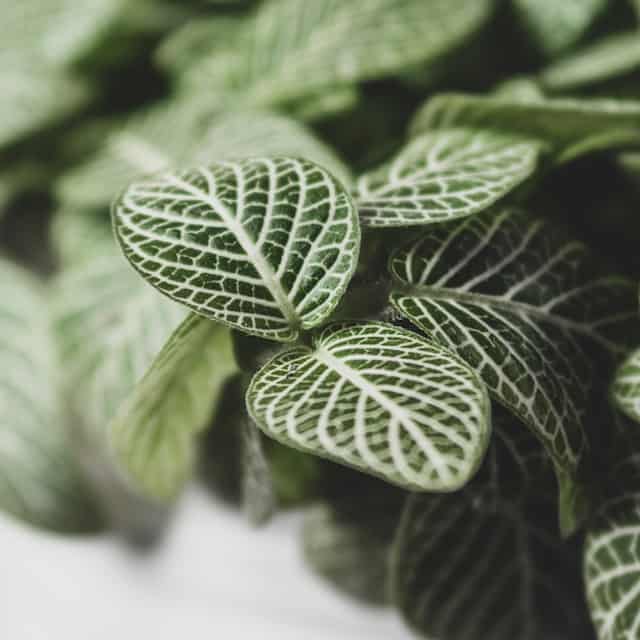
Temperatures in the range of 60 and 80° F are ideal. To create a rainforest-like environment, maintain humidity levels between 50% to 70%. Achieve this by placing the plant in a humid area or using methods like misting or keeping it in a terrarium.
Give fittonia indirect light to avoid leaf damage from direct sunlight. Good air circulation prevents stagnant moisture and promotes a healthy environment.
If you have succulents or other tropical plants, grouping them with your nerve plant can create a favorable microclimate for all of them.
Watering
Make sure to water your Fittonia plant when the top inch of soil is dry, using room-temperature filtered water and a pot with drainage holes. Mist the leaves occasionally to increase humidity for optimal health.
Fertilizing Requirements
Use a balanced liquid fertilizer in a growing season. Dilute and apply the fertilizer every 2-4 weeks as instructed by the manufacturer. Avoid overfertilizing to prevent leaf burn. Flushing the soil occasionally removes built-up salts. Proper fertilization promotes vibrant foliage and helps Fittonia thrive.
Common Pests
Some typical insect issues people encounter are fungus gnats, mealy bugs, and aphids. To address infestations promptly, use neem oil as an effective insecticidal oil.
Can a propagated nerve plant be kept indoors or outdoors?
Depending on your preference and climate conditions, a nerve plant can be kept indoors and outdoors. It is essential to provide the plant with the appropriate light, humidity, and temperature for optimal growth and health.
Also Read :- Propagating Bird Of Paradise In Water
Can I Grow Fittonia From Seeds?
Most Fittonia plants are spread by cutting off pieces of their stems, but they can also be grown from seeds. But this method can be harder and take longer than cutting off stems. Starting Fittonia plants from seeds requires more patience and care. But if done correctly, it can yield healthy and beautiful plants.
Conclusion
Understanding how to propagate nerve plants is essential for houseplant enthusiasts and growers. This compact cultivar can be easily propagated through division.
Ensuring healthy roots and vibrant blooms. Placing cuttings under a sheer curtain creates an optimal environment for successful plant propagation. It allows you to expand your collection confidently.
Source :- https://plants.ces.ncsu.edu/plants/fittonia-albivenis/


